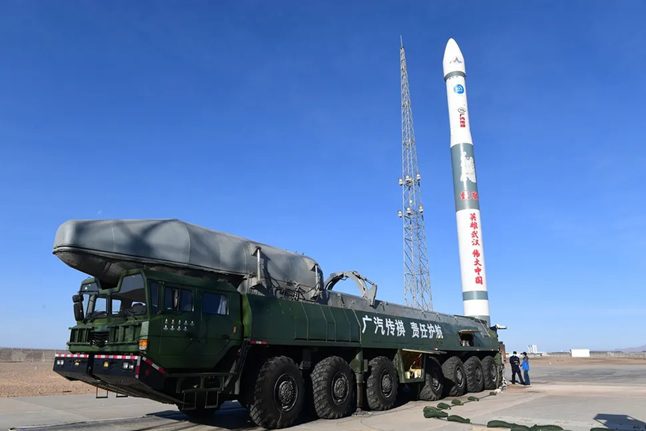China has launched the second Long March 11 (CZ-11) all solid launch vehicle. The four stage solid rocket lifted off from the Jiuquan launch site in China at 2342 GMT on 10 November 2016.
The flight carried five small satellites. Built by CASC, the XPNAV-1 (X-ray Pulsar NAVigation satellite is a 240 kg test satellite to test out autonomous navigation using X-ray “bleep” signals emitted from pulsars which which the location of the receiving spacecraft can be measured. Also aboard was the 8 kg Xaiaoxiang 1 – a 6U cubesat spacecraft designed to test a new imaging stabilisation system, along with a Lishui-1 craft being used for remote sensing, an amateur radio payload attached to the fourth stage and an inspection cubesat called KS-1Q.
Stop Press: A spent stage from the launch reportedly fell near a mine in Kachin state, Myanmar (Burma).





